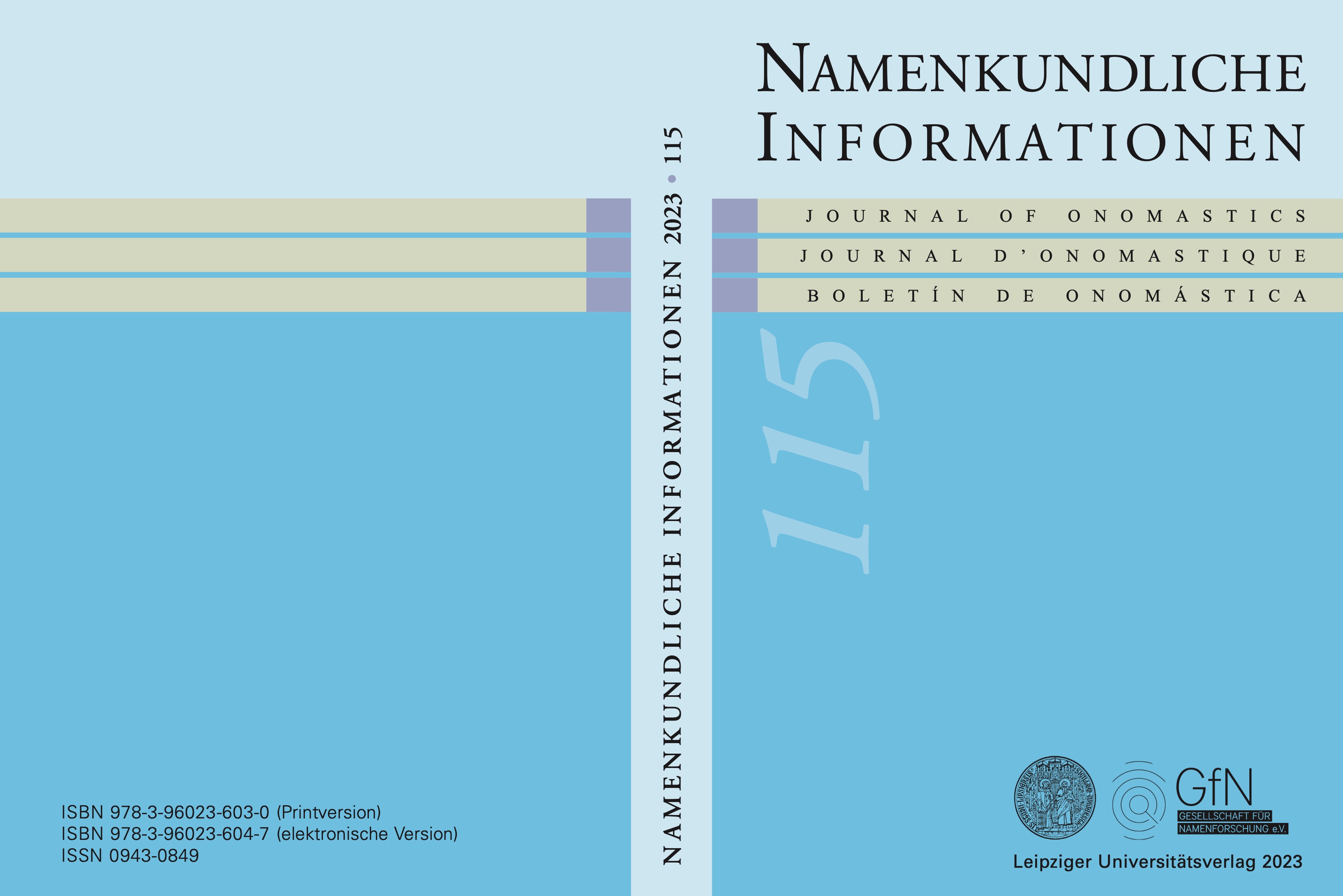The oldest document on the Saxon Vogtland as a linguistic monument to early German-Slavic language contact in the Middle Ages
DOI:
https://doi.org/10.58938/ni736Abstract
This article looks at the oldest document relating to the Vogtland in south-west Saxony as a historical and, above all, linguistically valuable document. The subject is the Dobna-Gau, which has been inhabited by Slavs since the 8th century. In 1122, the bishop of Naumburg consecrated the Gau church in Plauen. The extent of the area of the original parish was precisely delineated. All geographical names and persons mentioned in the original document are analysed linguistically here for the first time. The Vogtland was incorporated into the East Frankish Empire from 930 AD onwards. The Latin document text is therefore a source for German-Slavic language contact from the 10th to 12th centuries. It is revealing that for some onyms a linguistically plausible differentiation of borrowing becomes apparent. This applies in five instances to the 10th century, but otherwise mainly to the 11th century. All names were recorded in the correct orthography of the time. The notary must have understood the spoken Slavic idiom well. There are no writing errors. A list of phoneme-graphemerelations based on the evidence of Slavic names shows, for the first time, the particular significance of the document for language history in the 10th and 11th centuries. Also new is the proof that German clergymen or perhaps lay people as well must have lived in the Dobna district from the 10th century onwards. This is the only way to explain the 9th/10th century pronunciation of names by German speakers at the beginning of the 12th century. The document is thus analysed for the first time in this article as a source for the history, language and culture of the Vogtland from the 8th to the 12th century
Downloads
Published
Issue
Section
License
Copyright (c) 2024 Karlheinz Hengst

This work is licensed under a Creative Commons Attribution 4.0 International License.
Es findet keine exklusive Übertragung von Verwertungsrechten (Copyright Transfer) an die Zeitschrift statt. Die Autor/innen stimmen bei Manuskripteinreichung der Veröffentlichung unter der Lizenz Creative Commons Attribution 4.0 International zu.


